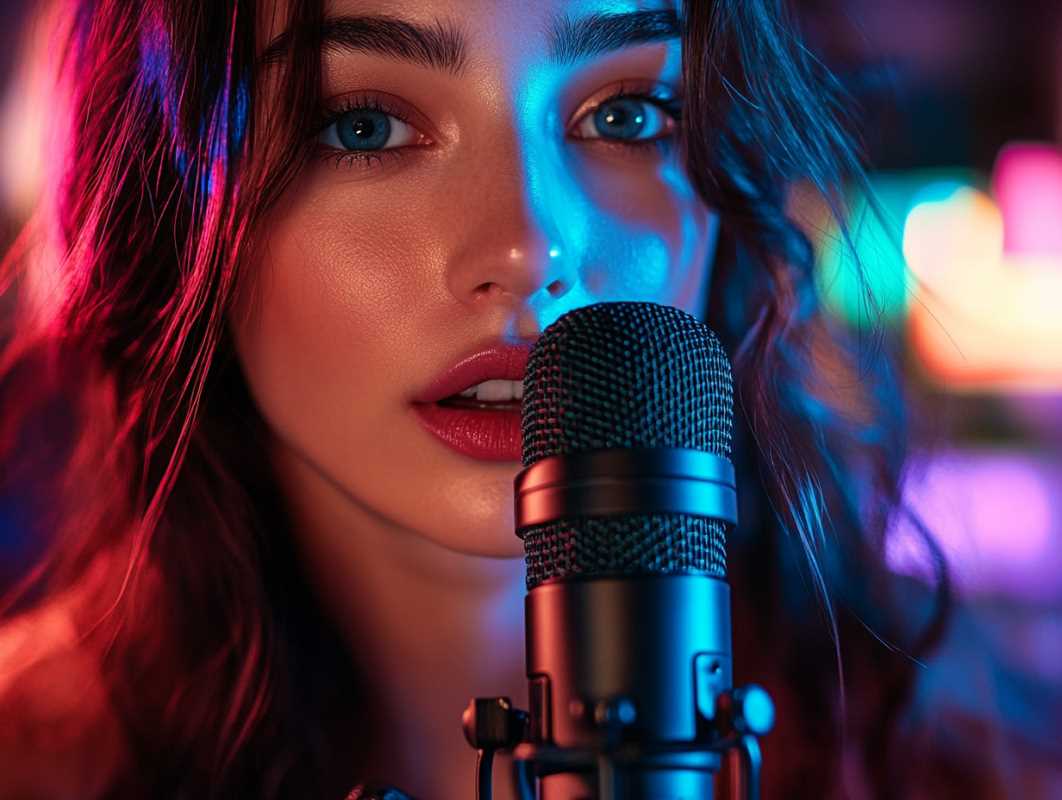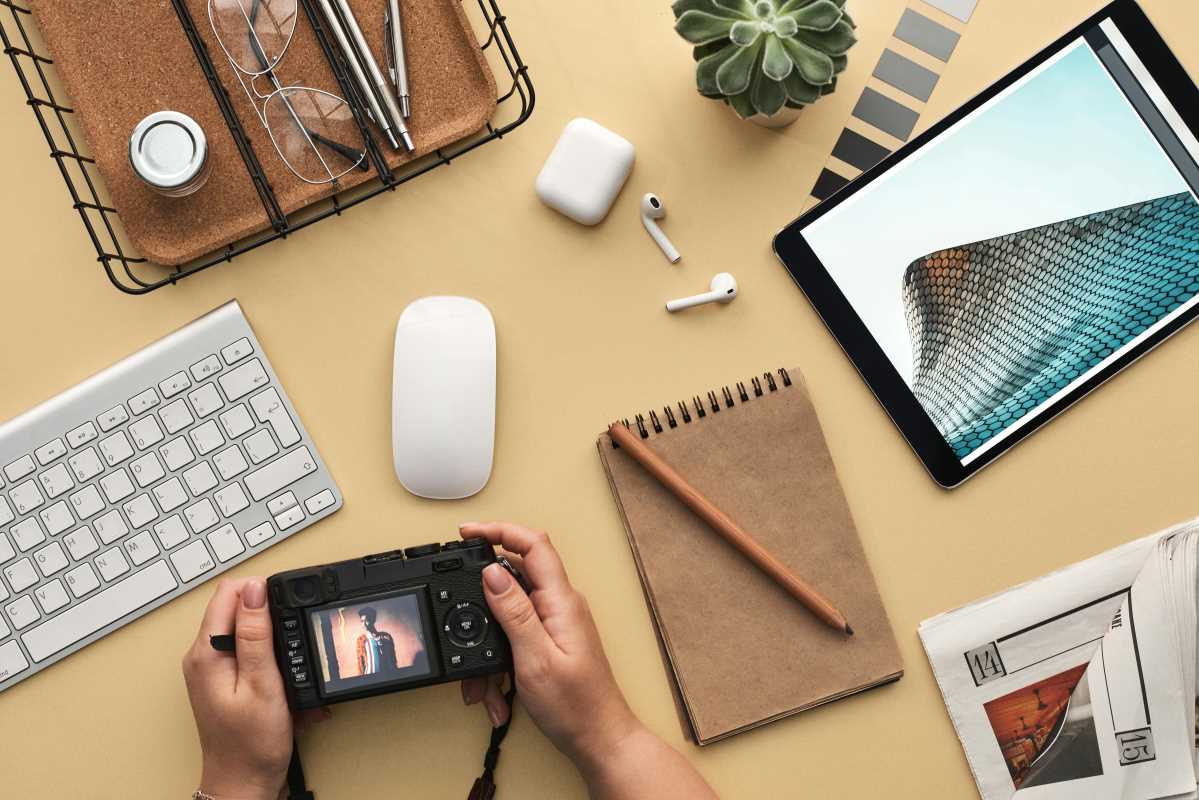What started as a niche corner of the internet has grown into a cultural and creative force - ASMR, or Autonomous Sensory Meridian Response, is now a household term. Characterized by tingling sensations triggered by sounds like whispers, tapping, and crinkling, ASMR has garnered millions of followers on platforms like YouTube and TikTok.
Beyond its relaxing effects, ASMR is emerging as a unique form of digital art. Creators have elevated it from simple sound recordings to intricate audiovisual experiences, blending elements of performance, sound design, and visual storytelling.
The appeal of ASMR lies not only in its ability to soothe but also in its sensory richness. These carefully curated experiences engage viewers on an intimate level, often evoking feelings of comfort, nostalgia, and even awe. As a result, ASMR is now breaking into the broader art world, challenging traditional notions of what art can be and how it can be experienced.
ASMR as an Artistic Medium
ASMR creators, often referred to as "ASMRtists," are redefining what it means to be an artist in the digital age. Their work combines technical expertise with a deep understanding of human psychology, focusing on subtle details that evoke powerful sensory responses.
From a creative perspective, ASMR shares similarities with performance art. Creators use their bodies, voices, and props as tools to craft immersive experiences. The deliberate pacing, nuanced gestures, and careful modulation of sound create a form of art that feels deeply personal.
ASMR incorporates elements of sound design typically associated with professional audio production. High-quality microphones capture the minutest details, transforming ordinary sounds - like the rustling of paper or the tapping of fingernails - into mesmerizing auditory experiences. ASMR becomes a multisensory art form paired with visually stimulating environments or soothing visuals.
In a way, ASMR blurs the lines between traditional and digital art. It’s both an act of creation and an interactive experience, inviting viewers to engage with their eyes and their entire sensory system.
Breaking Boundaries in the Digital Art Scene
ASMR's rise has coincided with a broader revolution in digital art, where the internet serves as both a canvas and a gallery. This shift has democratized art, allowing creators from diverse backgrounds to reach global audiences without the need for traditional gatekeepers.
ASMR’s contribution to this movement is its emphasis on intimacy and accessibility. Unlike traditional art forms that often require physical presence or specialized knowledge, ASMR invites anyone with a pair of headphones and an open mind to participate. This inclusivity has made it a particularly powerful medium for marginalized voices and unconventional creators.
ASMR is increasingly being incorporated into other artistic disciplines. Musicians, for instance, integrate ASMR techniques into their compositions, creating tracks that tingle as much as they please the ear. Visual artists collaborate with ASMRtists to design installations that blend sound and sight into cohesive sensory experiences.
As these collaborations continue, ASMR is poised to influence the way art is conceived, consumed, and appreciated, carving out a space for itself in galleries, festivals, and even virtual reality platforms.
The Science of Tingles and Connection
One of the reasons ASMR resonates so deeply is its scientific basis. The tingling sensation it induces, often starting at the scalp and moving down the spine, is thought to be linked to the brain’s reward and relaxation systems. While research is still in its early stages, studies suggest ASMR can reduce stress, lower heart rate, and even enhance mood.
This physiological response is part of what makes ASMR so compelling as an art form. Unlike traditional visual or auditory art, ASMR directly engages the viewer’s body, creating a deeply immersive experience. This somatic element adds a layer of intimacy that’s hard to replicate in other mediums.
ASMR's personalized nature fosters a unique sense of connection between creator and audience. Many ASMR videos simulate one-on-one interactions, such as personal attention or role-playing scenarios, which can evoke feelings of trust and comfort.
This blend of scientific grounding and emotional resonance gives ASMR a unique power to touch its audience in ways that go beyond traditional art forms, making it both a sensory and emotional journey.
Pushing the Limits of Creativity
ASMR’s influence on the digital art scene isn’t just about the sensations it creates - it’s also about the creativity it inspires. From surreal landscapes to narrative-driven experiences, ASMRtists are pushing the boundaries of what the medium can achieve.
Some creators are exploring ASMR through the lens of storytelling, crafting intricate plots that unfold through whispers and subtle sound effects. Others are incorporating cutting-edge technology, such as binaural microphones and virtual reality, to create experiences that envelop the viewer in 360-degree soundscapes.
A growing trend is the fusion of ASMR with visual arts, where artists use hyper-detailed animations, abstract visuals, or real-world objects to complement the auditory elements. These collaborations result in pieces that are as visually stunning as they are aurally satisfying.
Even brands and advertisers are taking notice. From luxury goods to snack foods, companies are using ASMR-inspired content to captivate audiences and create memorable sensory experiences. This crossover into commercial spaces signals that ASMR is more than a trend - it’s a burgeoning artistic and cultural movement.
- Immersive storytelling adds narrative depth
- Binaural and VR technology create multidimensional soundscapes
- Visual-aural fusion enhances sensory impact
- Brands adopt ASMR for unique marketing campaigns
- Collaborations push boundaries of traditional and digital art
ASMR has transcended its origins as a quirky internet phenomenon to become a revolutionary force in the digital art scene. By blending sound, visuals, and human connection, it’s reshaping how we define and experience art in the 21st century. Whether through tingling sensations or profound emotional resonance, ASMR proves that art doesn’t just need to be seen or heard - it can be felt.
 (Image source: Midjourney)
(Image source: Midjourney) 





